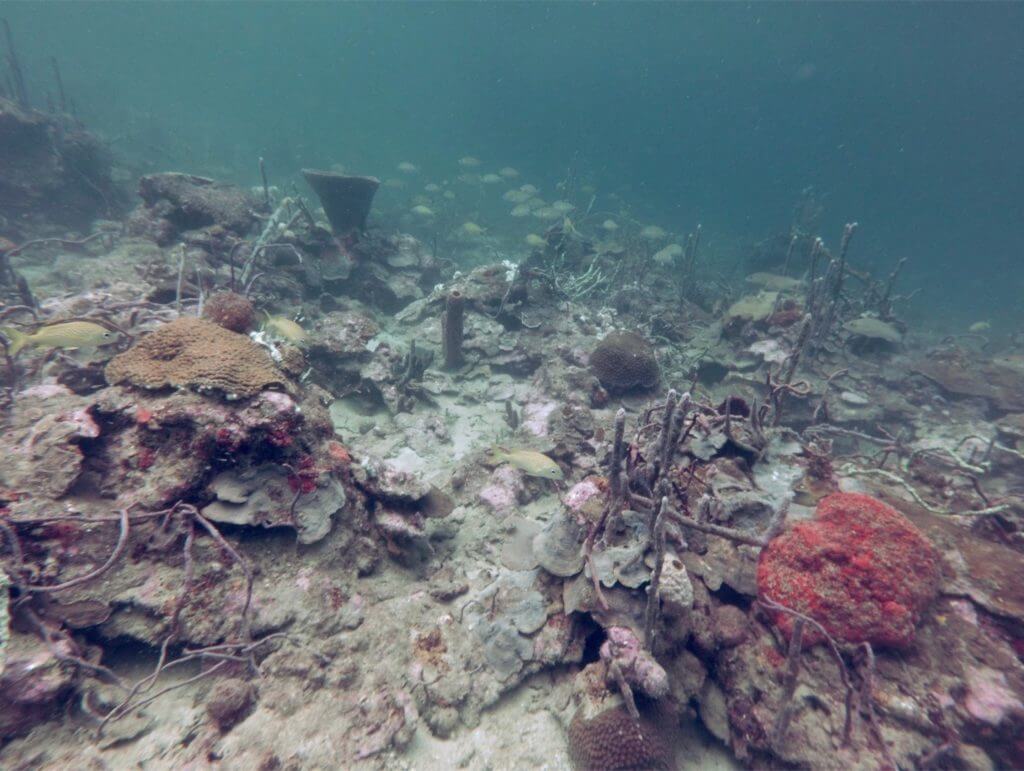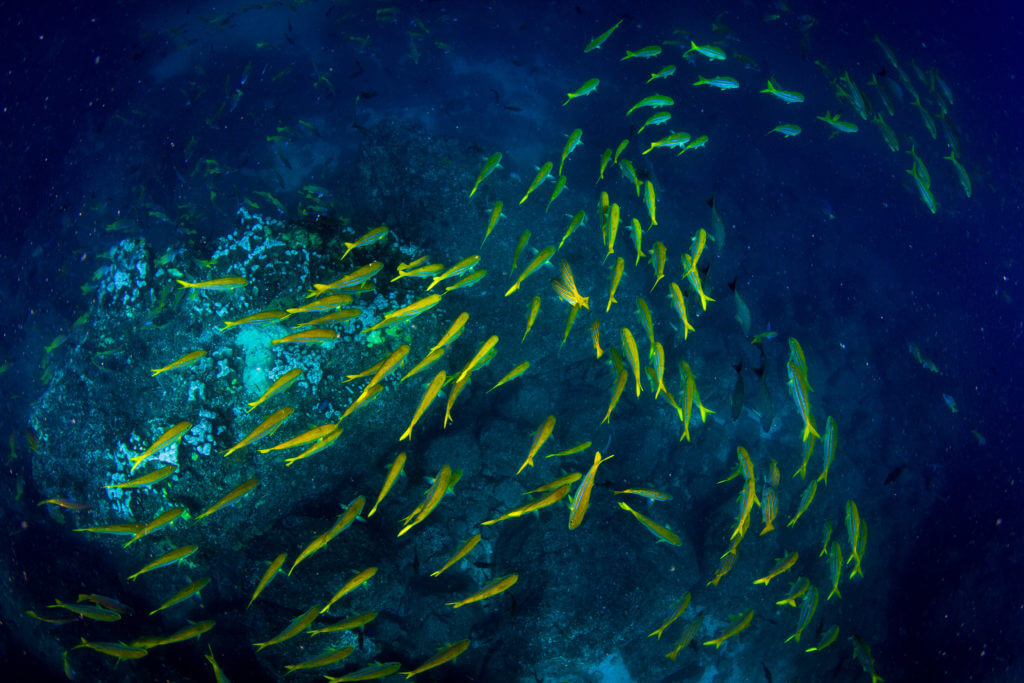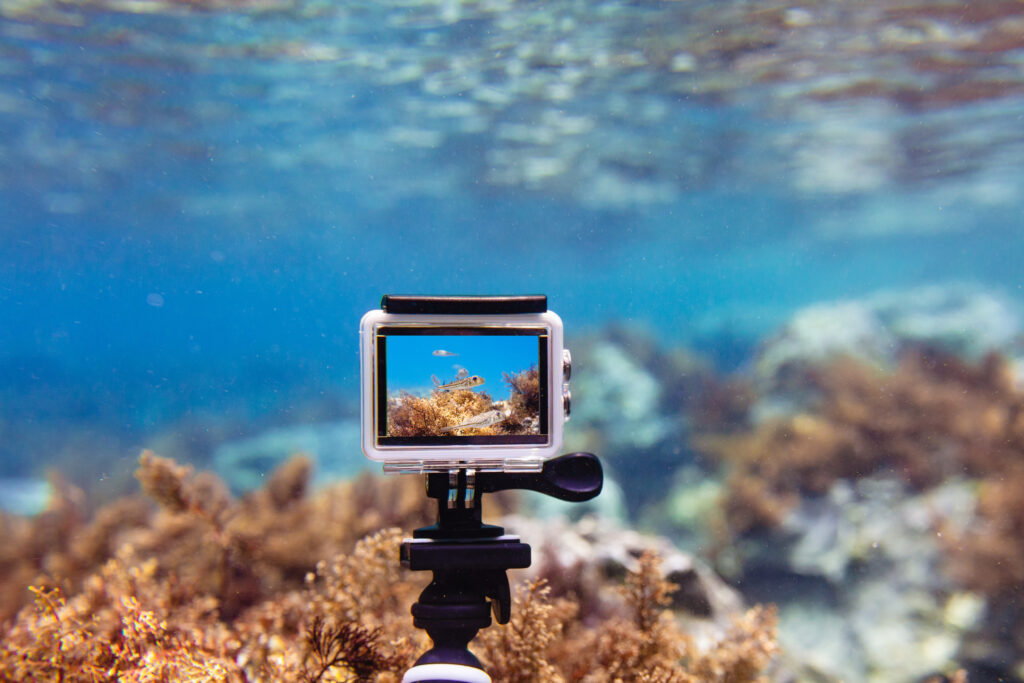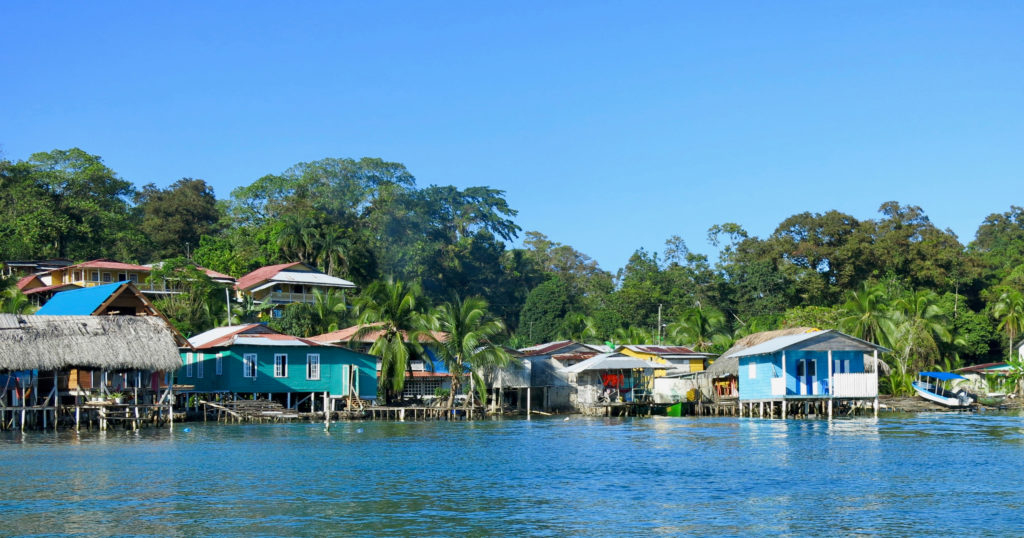
Bocas del Toro refers to a group of islands in the Caribbean sea to the northwest of Panama.
It’s an archipelago that’s renowned among scuba divers for abundant shallow coral reefs that are visually stunning and easy to dive.
Most Bocas del Toro diving sites are located within Bastimentos Marine Park.
The protection granted to this area, combined with the calm waters and nearby mangrove forests has resulted in some of the most biodiverse shallow reefs in the Caribbean.
It’s a superb place to learn to scuba dive; with non-existent currents and shallow depths; you couldn’t ask for an easier location to get your scuba certification.
There’s even three shipwrecks you can explore!
I visited Bocas del Toro in March 2022!
In this report I’ll detail my experience diving there whilst telling you everything you need to know in order to do it yourself!
Let’s dive in:
(Underwater movie shot with my Sealife Micro 3.0 Camera!)
I feel the above video does a pretty decent job of showcasing the kind of experience you can expect to have at Bocas del Toro – minus the three shipwrecks, which I didn’t get any good shots of! Honestly though it’s hard to truly appreciate the vibrant colours and assorted shapes of the reef stretching off into the distance without seeing them for yourself.
Also, some divers I spoke to spotted squid at Bocas del Toro as well as young nurse sharks and turtles, which aren’t featured in the above movie, because I didn’t see them myself (probably I was too busy gawping at all the macro critters and assorted layers of the coral and sponges!).
If you want to learn more about what to expect when scuba diving bocas del toro, panama you can jump down to the Captain’s Log section of this page where I write about my personal experience; otherwise scroll down to learn about the logistics of going to dive bocas del toro.
CONTENT:
Bocas del Toro Dive Centres
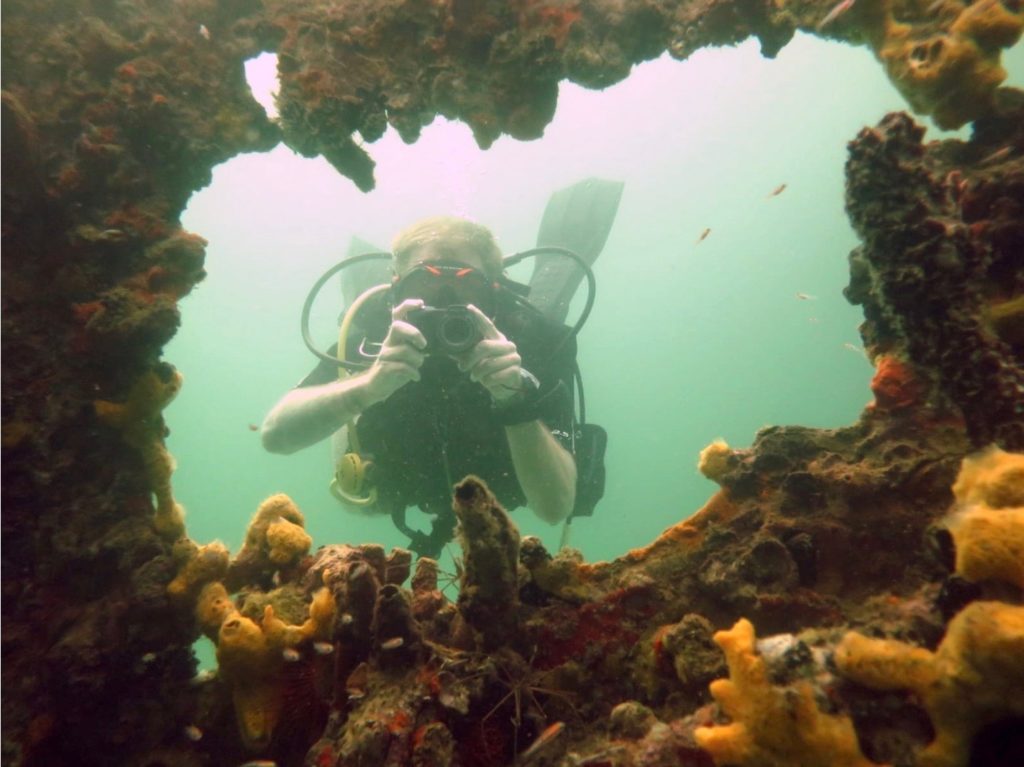
There’s several dive centres to choose from at Bocas del Toro and all but one of them are located in the actual town of Bocas del Toro (not to be confused with the island group and province which have the same name!).
From what I can tell, all of the dive centres offer the same price of $70 for two fun dives; which is very reasonable indeed, considering you pay literally twice as much on the Pacific side of Panama at places like Coiba and the Pearl Islands. There’s also the option for bulk dive packages where you can get a little discount.
Among the dive centres on the busiest tourist hub of Isla Colon you have:
- La Buga Dive Centre – I went with these guys. Their dive centre also includes a training pool and restaurant / bar perfect for necking an icy beer at post dive.
- Bocas Dive Centre / Diver’s Paradise Boutique Hotel – the clue is in the name, they also feature a luxury hotel with discount options available when you book dives and accommodation together!
- Diving Pirates – in case you’d like your dive centre to be pirate themed… Arghhhh matey!!
- Bocas Tec Diving – for all you tec heads, this is the place to go.
The only Bocas del Toro dive centre not on Isla Colon:
- Panama Dive School – Instead they’re situated on the next island across: Carenero Island, which isn’t quite as manic as Isla Colon. They also offer decent accommodation.
Where to Stay
When it comes to accommodation on Isla Colon, most dive centres offer some which comes at a discount price when booked alongside dives. There’s also a wide selection of hotels and hostels to pick plus a few very expensive airbnb’s. My favourite hostel to stay at was Selena Backpackers!
Admittedly, Selena was a noisy, party-themed hostel which was difficult to sleep in at night, but the views were kickass and the vibe pretty laid back, with a distinct lack of reggaetone compared to most other places.
A WORD OF WARNING: accommodation books up insanely fast on Isla Colon; it appears there are far more travellers than reasonable places to stay and as such most deals are pretty damn expensive and fill up very quickly – you’ll want to plan this a way in advance.
Don’t just turn up to Isla Colon thinking you’ll find some accommodation – all the best and cheapest places will be long gone!
That said, there’s numerous accommodation options on the other islands around the Bocas del Toro archipelago and these are usually cheaper and much quieter. Just remember that all but one of the dive centres are on Isla Colon.
Best Months to Dive Bocas del Toro
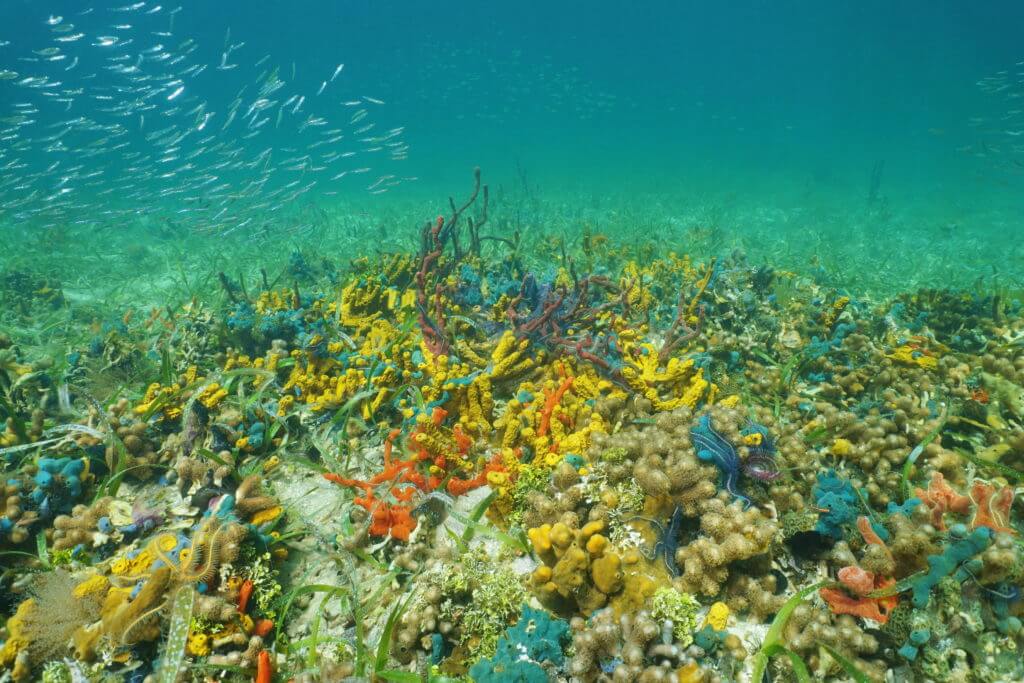
You can totally dive bocas del toro all year round! The caribbean waters here are consistently calm and warm with decent visibility all year; so there’s never going to be a time when you can’t physically dive at bocas due to the weather!
That said, according to some folk, the absolute best visibility in bocas del toro occurs during the two dry seasons: between February- May and September-November.
Honestly though, if you find yourself visiting outside of these dry seasons; it’s still worth scuba diving. The water won’t be choppy and visibility is always fairly decent even during rainy season.
As for water temperature, it’s generally the same throughout all seasons at 78 – 82F (27-29 C). You may be able to dive without a wetsuit, but if you do take one, you’ll only need a shorty diving wetsuit which is what myself and every other diver I saw at bocas del toro was using.
How to Get to Bocas del Toro
- Expensive option: From Panama City you can catch a 45 minute flight to Bocas Town in Isla Colon – boom! You’re there. But at around $343 for a return flight, it’s far from cheap.
- Cheap option: Catch a bus to Almirante Port and then get the ferry over to Bocas del Toro – from Panama City it will cost around $29 and take roughly 9 hours. You can catch a bus to Almirante Port from various places around Panama – my favourite option is to book a private shuttle (very comfortable, surprisingly cheap) with Hello Travel Panama.
Captain’s Log: My Experience at Bocas del Toro
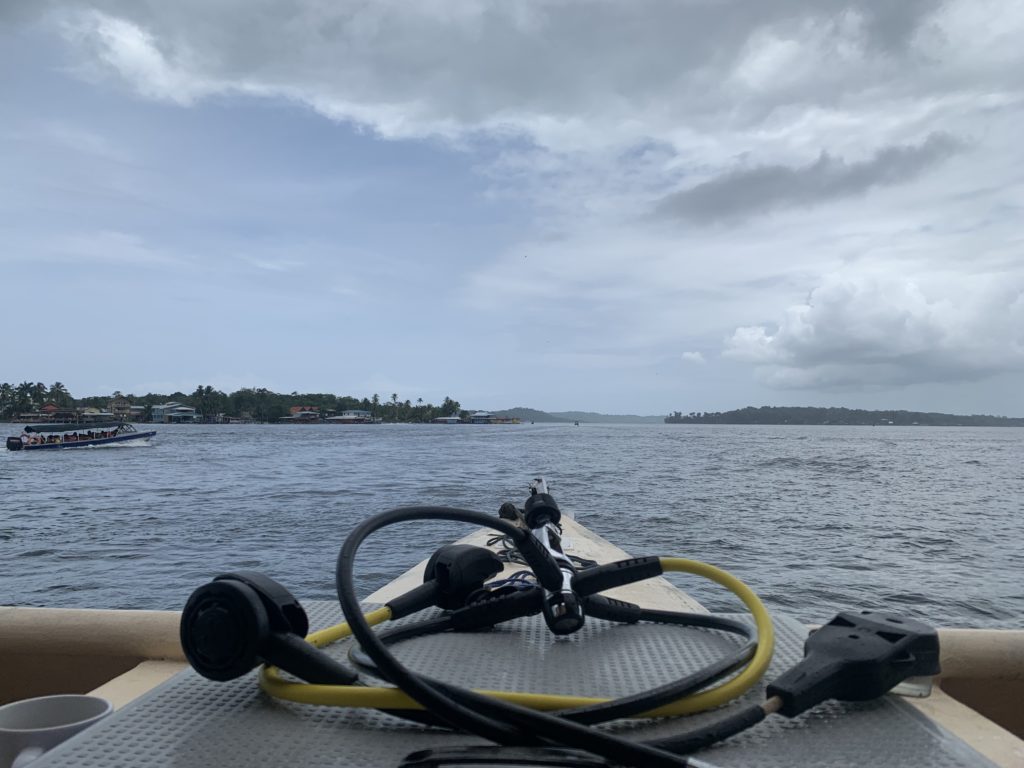
Straight after completing my Panama of mission of diving Coiba off Panama’s Pacific coast, I headed to the countries Caribbean side to see what the diving was like at Bocas del Toro.
I’d heard wildly different accounts of Bocas. Some told me it was the best diving they’d experienced in all of Central America; others said not to even bother going.
Although Bocas del Toro consists of several islands; most of which are extremely laid back; I’d chosen to stay on the main island: Isla Colon; to be close to the dive centres; which are all located there.
Isla Colon; with it’s pounding nightclubs, crowded streets and scores of party orientated travellers (mostly aged under 21) wasn’t my jam, but I could see why it would appeal to some!
If you rent a bicycle it’s easy to quickly escape the noise and find yourself venturing through pristine forest; indeed it was here I saw my first wild sloth: a mother and her baby (= double sloth!).
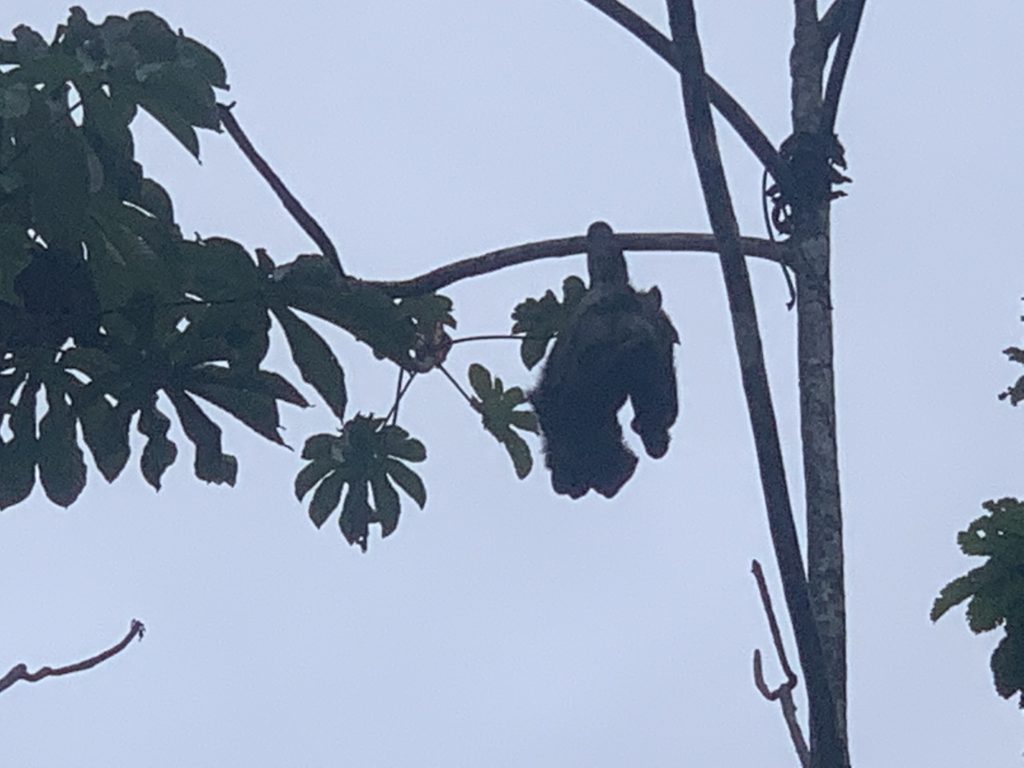
And on the other islands there’s a range of experiences to be had including an indigenous homestay, caving and various treks.
However if you go to Bocas to dive, you’re practically forced to stay in the thick of the tourist hub (Bocas del Toro town on Isla Colon) to be close to the dive centres.
So that’s what I did and at night it weren’t easy sleeping over the noise of terrible karaoke and shrill moans of barely legal sounding backpackers bonking in the next room but there you go.
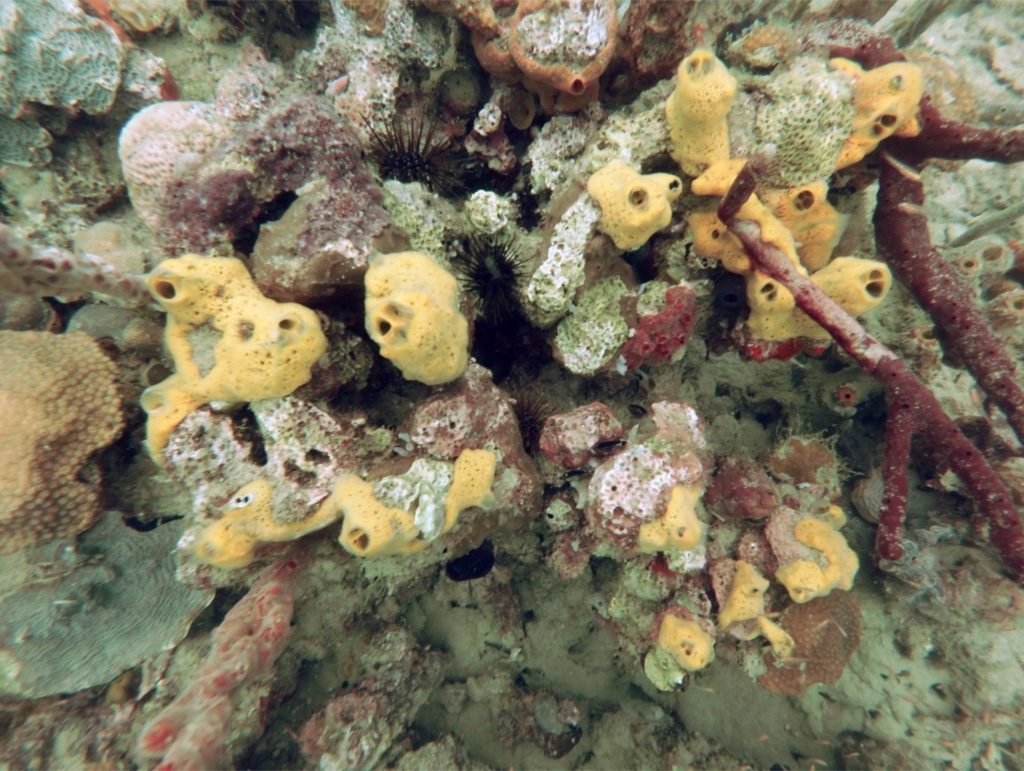
Let’s skip to the diving; which I’d signed up to do with one La Buga dive centre; they were hard to miss with the wooden cutout of the mask at the top of the entrance to their dive centre and bar.
There’s over a dozen dive sites around Boca; most are located within Isla Bastimentos Marine Park: a 132.26 km squared area managed by the National Environmental Agency of Panama.
For most dive sites, it’s only a ten minute ride on the boat and then it’s kit up, dive in and descend down.
The first thing that struck me about diving around Bocas was the diversity of the corals and sponges growing there; some reports say there’s 59 species of coral and sponges – other’s claim far more.
Well I didn’t count but there were a hell of a lot!
The most instantly recognisable players were the numerous whip corals; dark red and greyish green in colour; these long and thin…whip-like coral were everywhere!
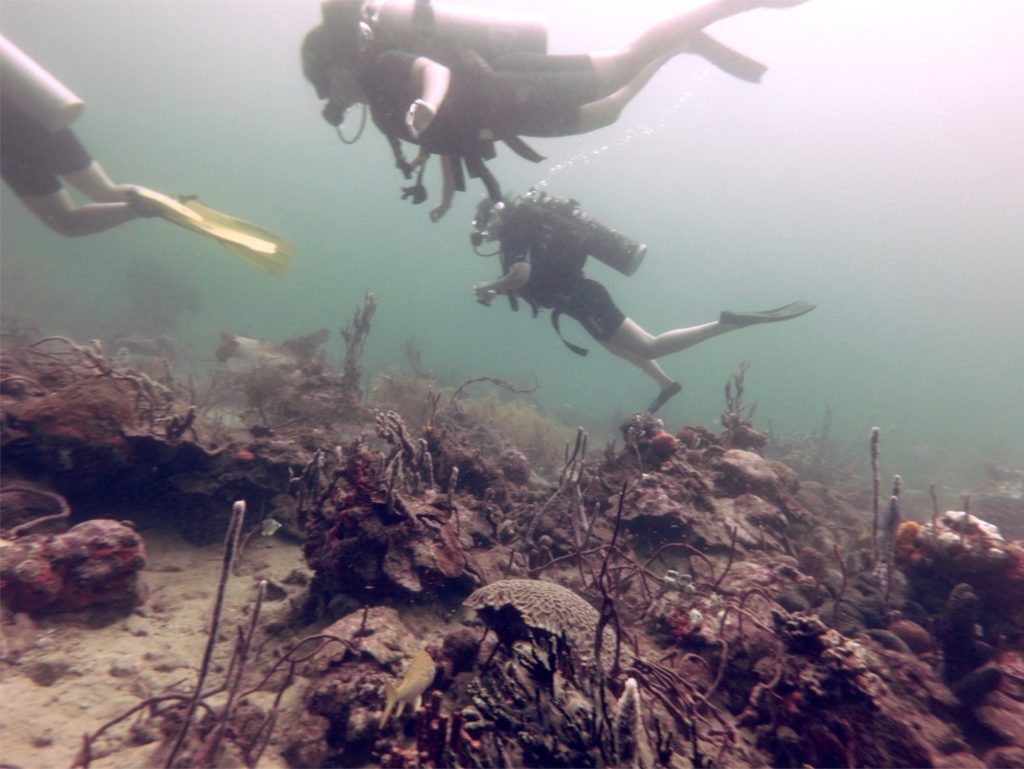
Wrapped around the tips of many of the whip coral were brittle stars; their white and blue bodies nicely complimenting the reds and greys of their coral perches like decorative pieces of tinsel.
There was also a lot of brain coral; usually orange or purple as well as yellow mustard hill coral, white finger coral and also fire corals, leaf lettuce corals and huge vase sponges to name a few others.
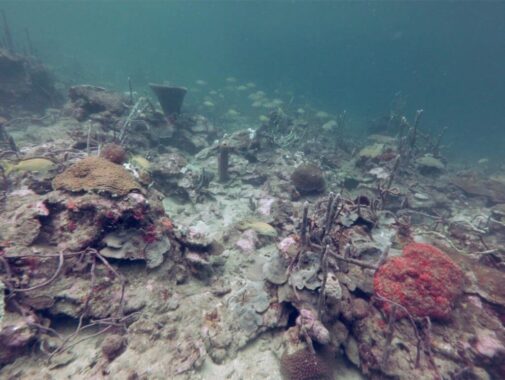
All of the 6 dives I made were shallow; usually staying at 39 feet (12 meters) or less and this combined with the calm waters devoid of any current made the diving extremely easy and carefree.
It struck me that this would be a truly excellent place for someone to learn to scuba dive; I can’t imagine an easier setting.
One thing to note is that with so many people diving these water’s quite a lot of the coral seems to be getting kicked – especially the whip coral which I saw get broken several times.
This really got me think about the ethics of tourism a lot; prior to it’s development as a tourist hub, the Bocas del Toro archipelago was fished much more aggressively and there wasn’t any restorative work being made on the reef there.
However; it’s really important that tourism is managed in the most stringently environmentally friendly manner with strict protocols and the highest quality of performance required from all staff.
My heroes at Mission Blue wrote an incredible article about sustainable tourism at Bocas del Toro.
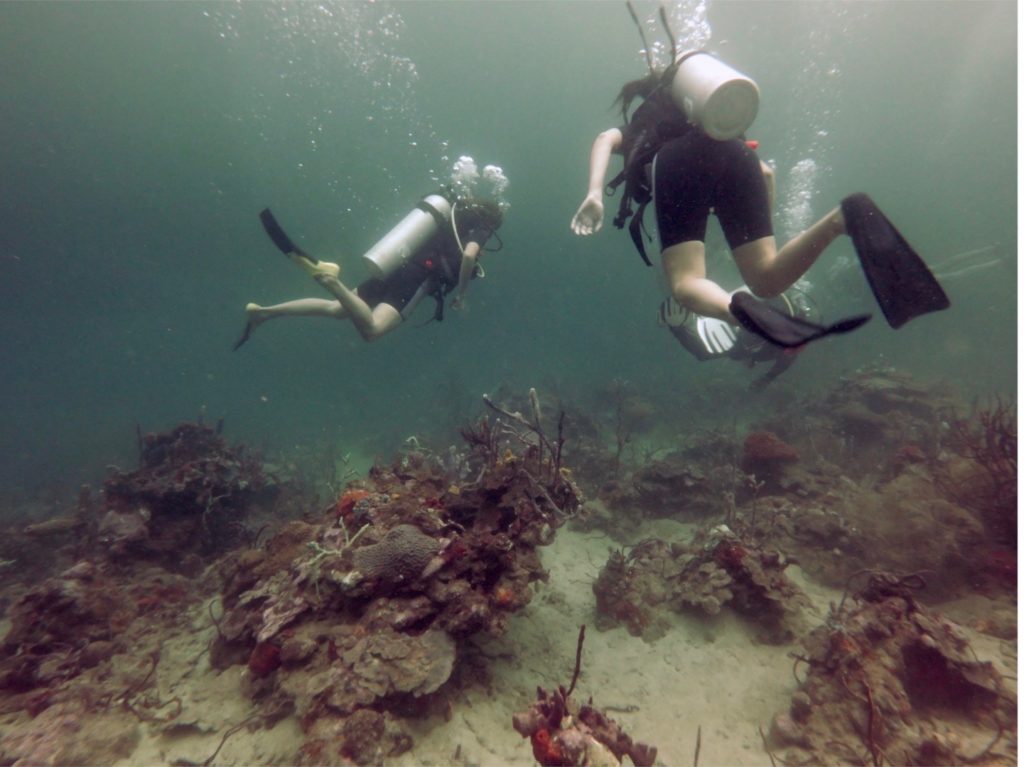
Ok…back to the diving! Nestled among the coral were fanworms, sea urchins, cleaner shrimp and tons of arrow crabs; with their pointed bodies and spindly legs, these small crabs are striking in their appearance.
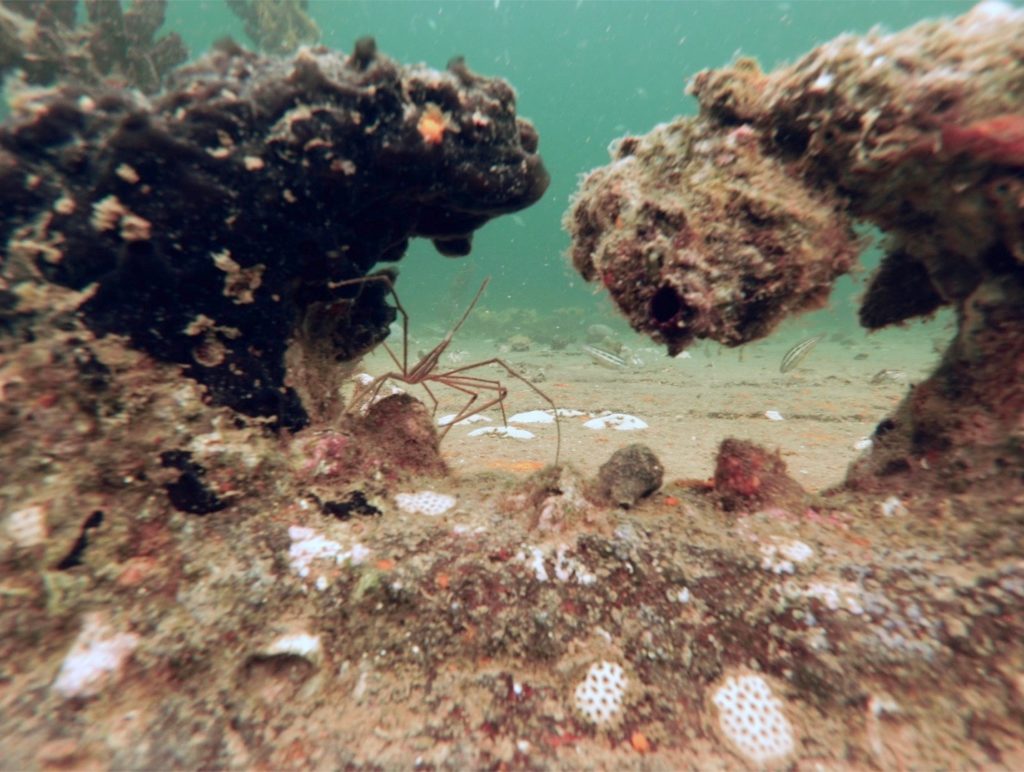
There were also scores of orange fish larvae less than a centimetre long as well as a great many juvenile forms of common Caribbean reef fish including goatfish, sergeant fish, butterfly fish, snapper, trumpetfish, porcupine fish and parrotfish.
It seems the waters of Bocas are very much a nursery as most fish I saw weren’t fully grown – we also glimpsed a very small southern stingray, a baby nurse shark and a medium sized green turtle.
Also, in total there are three smallish-medium sized shipwrecks around Bocas that you can explore.
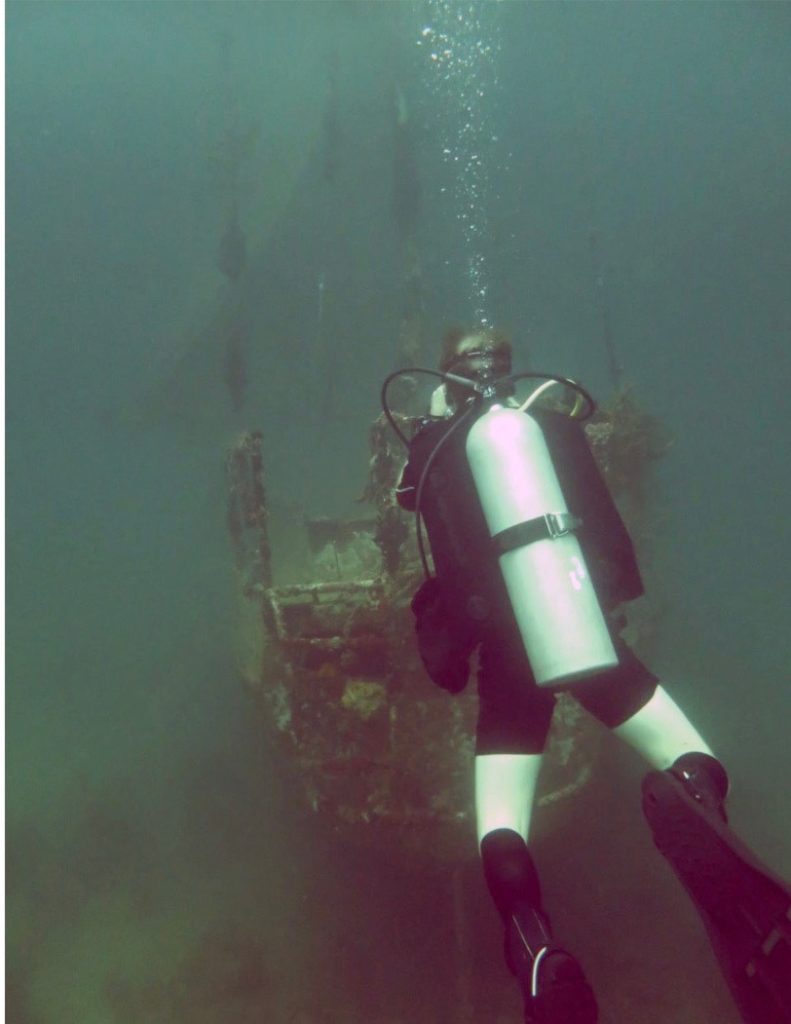
Sitting at the same depth of most other dive sites (40 feet or 12 meters), these wrecks are great for observing the coral reef growing on them and you can even venture inside one to explore.
Overall, Bocas del Toro was a beautiful place to dive: brimming with life and showcasing insane diversity of coral and sponges. The colours were amazing and the small critters never-ending. It was also probably the easiest to scuba dive location I’ve visited.
It has to be said that besides the pretty colours, not much seems to actually happen during any dive around Bocas.
If you’re more of an adrenaline seeker who enjoys fast paced drift dives, going down deep, navigating canyons and pinnacles or looking for big game like sharks and manta rays; forget it: boca’s ain’t got none of these!
But if you want to learn to scuba dive – or you’re a lover of shallow reef systems… or simply looking for a cheap, laid back experience marvelling at some of the best shallow reef in the Caribbean (like I was), then go for it!
Bocas del Toro Diving Squad DEBRIEFING:
Stunning reefs, countless species of coral and sponges, beginner friendly dive conditions and all manner of young fish, juvenile marine animals and macro critters …plus three mini shipwrecks – that’s Bocas del Toro in a clamshell!
With some of the cheapest diving prices in the Caribbean and a variety of islands to explore in between dives, Bocas del Toro is the perfect place to get your scuba diving certification or simply enjoy several days of very laid back diving with the option to party hard or explore pristine rainforest in between.
Amazing though it is, in my opinion, Bocas del Toro isn’t quite a pilgrimage level dive destination for experienced or adventurous divers (it’s no Corn Islands of Nicaragua!)…but if you find yourself near there or have time to explore a lot of Central America, it’s definitely worth checking out!
Honestly, I’m really glad I visited Bocas del Toro for the amazingly diverse and healthy coral reef that was there. It was a key moment in my year driving and diving lower Central America.
Someday I would love to go back and see how Boca’s incredible marine ecosystem is doing – I hope it is still as vibrant and beautiful as it was before and that people treat it with the respect that it deserves.
